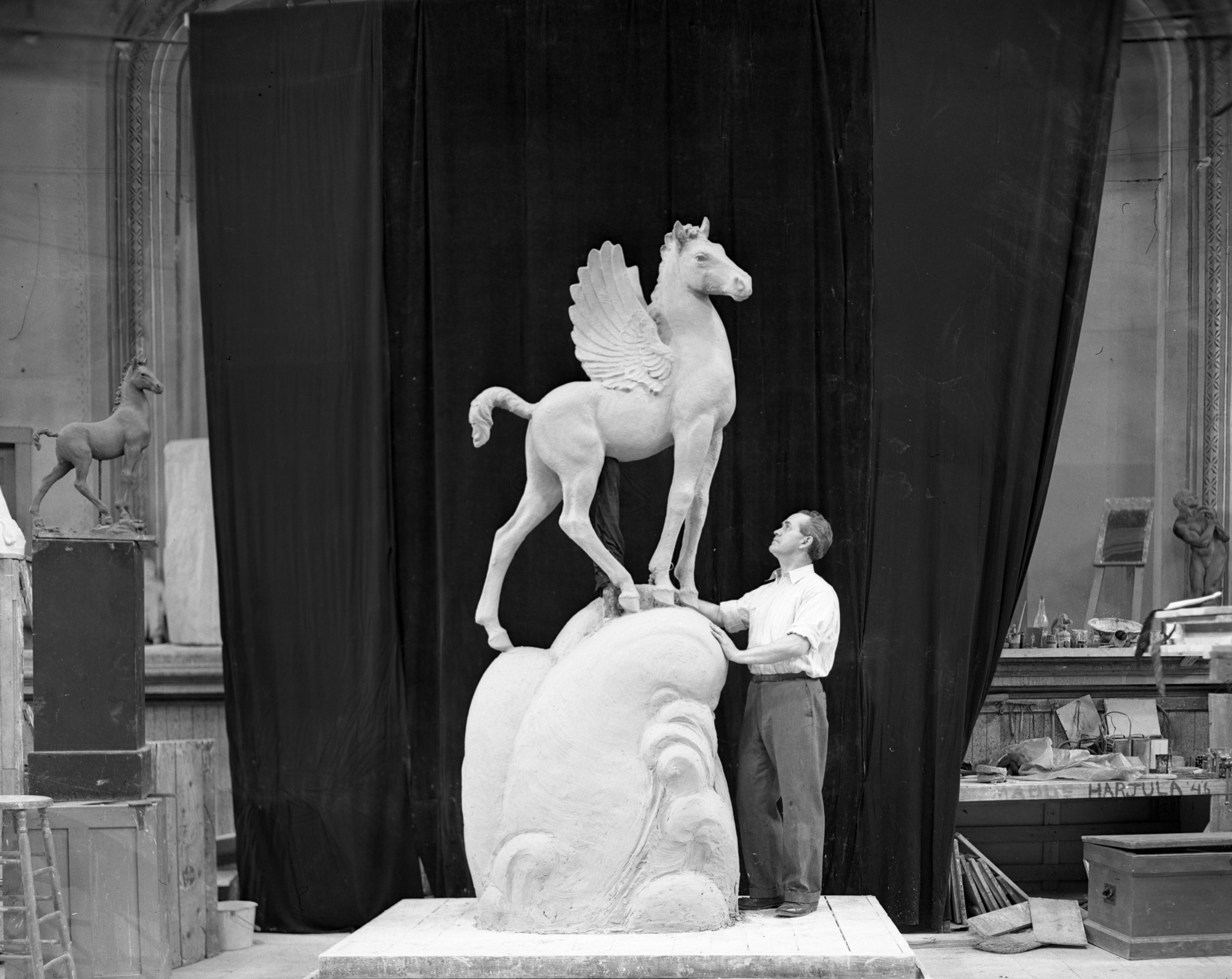I have been an active artist for over 50 years. During the early years of my arts career, I had the privilege of working alongside Dr. Avard Fairbanks, who was one of the last artists to attend the École nationale supérieure des Beaux-Arts in 1913. Dr. Fairbanks had an illustrious career creating National and State Monuments, as well as numerous historical portraits. He had acquired multiple degrees from various universities, showcasing his dedication to his craft.
While I didn't have the opportunity to attend formal art schools or lectures, my time spent with Dr. Fairbanks profoundly influenced my understanding of anatomical proportion, measurement, sculptural composition, and technique. He even suggested that I attend the École nationale supérieure des Beaux-Arts, offering to sponsor my education. However, this aspiration was thwarted as the École had been disbanded in 1968, just a year before.
Despite this setback, I have dedicated my career to thinking and working as a classical sculptor, constantly immersing myself in literature on the topic. Regrettably, many colleges and universities had shifted their focus towards modern arts, leaving classical principles overlooked. Only recently has there been a resurgence of interest in the classical approach to art. Although at times I may have felt excluded, I have strived to share the beauty and significance of classical art with others, spreading its value and impact.
Avard T. Fairbanks (1897-1987) instilled in me a philosophy that deeply influenced my artistic journey. He believed that the arts serve the purpose of contemplation and enlightenment, expressing the loftiest aspirations and spiritual hopes of a community. Through the use of simple harmonies, art has the power to bring understanding, upliftment, and inspiration to those who are downtrodden. It has the ability to recognize the noble qualities within individuals from all walks of life and encourage them to believe in the worthiness of their own existence. Art, in its essence, elevates the struggles of life.
According to Dr. Fairbanks, our artistic endeavors should primarily revolve around order. He emphasized the importance of intellectualism in art, calling for a comprehensive vocabulary that is both technical, in alignment with scientific terminology, and philosophical. Art should be accessible to children and the untrained, while also resonating with the highly educated and technically proficient.
Avard T. Fairbanks, through his wisdom and teachings, fostered within me a deep appreciation for art's transformative potential and the pursuit of excellence in both technique and purpose. His words continue to inspire and guide me on my artistic path.




